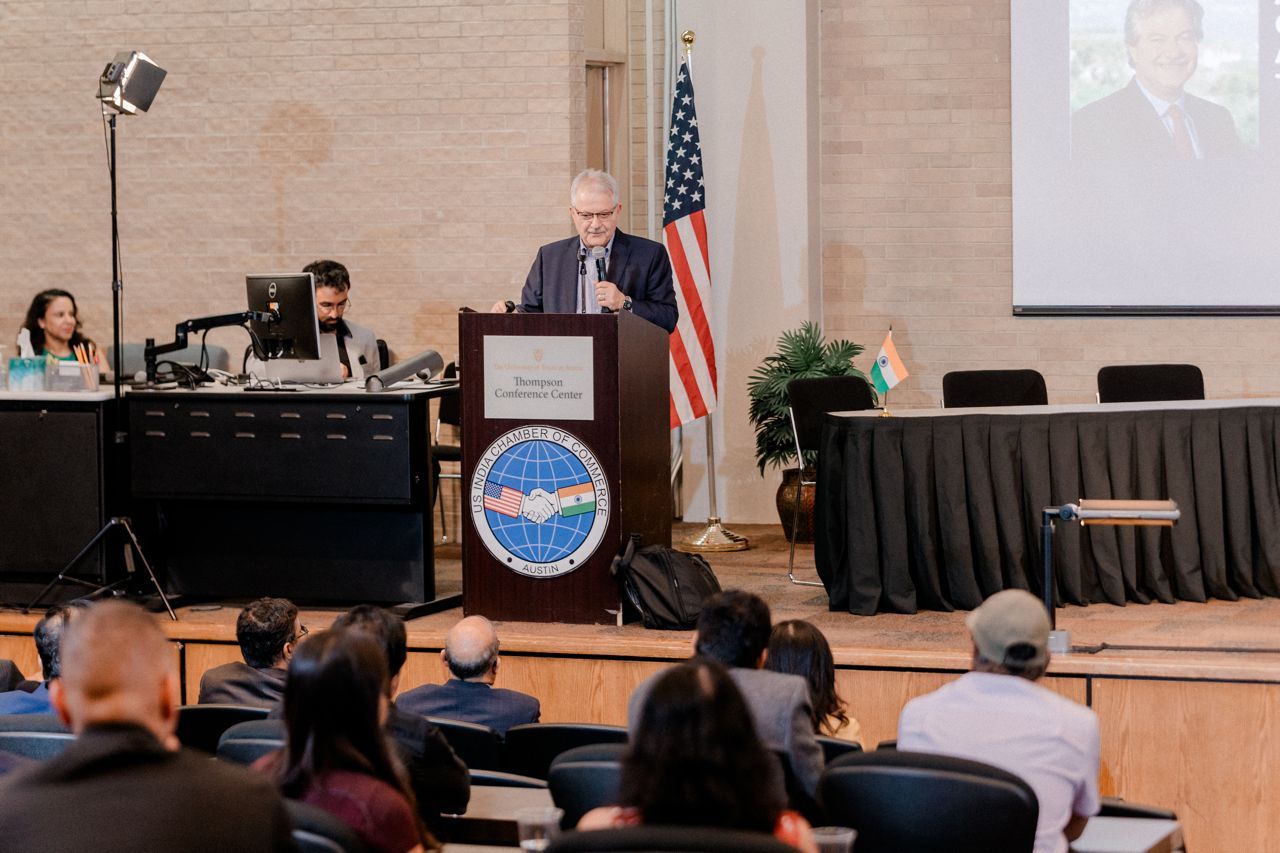Written By: Maurice Ondoy, Project Contributor at AngelouEconomics | Economic Impact of the US Jobs Report
The Bureau of Labor Statistics released US jobs data for April 2018 on May 4.
According to the BLS, the United States economy created 164,000 non-farm jobs in April. This is low, however, considering economists were expecting 192,000 payroll additions. Manufacturing, education and healthcare, and the professional and business services sector held the majority of jobs created. These three industries combined accounted for roughly 98,700 of the 164,000, or 60.2% of total jobs created during the month.
The unemployment rate dropped down to 3.9% after remaining at 4.1% for the last five months. This is the lowest rate in 17+ years. Among the major demographic groups, the unemployment rate for adult women decreased to 3.5%. The jobless rates for adult men is 3.7%, and teenagers is at 12.9%.
The drop in the unemployment rate looks pretty notable at first glance, but the details tell otherwise. There was a fall in the participation rate which is why the unemployment rate dropped down by 0.2%. This means that a significant number of people stopped looking for jobs altogether. Not exactly the picture of health you might have expected.
The most worrying piece still remains the muted wage growth, which could have wider impacts. As a matter of fact, average hourly wages grew 0.1% month-over-month and 2.6% annually, which fall below expectation.
The data on jobs in the US were mixed. Below is the summary of April 2018 Jobs report:
- Unlike the overwhelming bulk of the recovery thus far, the majority of the job creations in April were in high-paying sectors, which include manufacturing, education and healthcare, and the professional and business services sectors.
- The jobs report was weaker than what economists have hoped and expected for, although the unemployment rate was at its lowest in the period of 17 years.
- This did not increase average hourly earnings as much as expected, as the increase appears to be driven mostly by an increasing quantity of overtime hours, especially in the manufacturing sector.
- The labor force participation rate remained static, which could be, to some extent, a cause for concern for future economic growth.
- There are strong indications of a tight labor market here, even though the amount of potential labor still sidelined could have major effects one way or another.
While April’s stats were lower than expected, it’s worth noting that this month comes on the heels of stronger than average job reports for previous months. In other words, there is not much to worry about, but we will be watching May’s stats a bit more closely as a result.
About AngelouEconomics:
AngelouEconomics has worked with numerous professional and business associations in building dozens of unique economic impact studies among other types of projects including site selection projects as well as strategic economic development projects. Some projects have examined the effects of statewide policy measures, such as the Texas Bathroom Bill or ban on Sanctuary Cities. Other projects have measured the contribution of member networks in terms of jobs, wages, and total economic output. Like this study for Prospera, a nonprofit organization which specializes in providing bilingual assistance to Hispanic entrepreneurs in Florida. Economic impact studies are effective tools for quantifying and illustrating the value of individual professional and business associations. They are versatile, as they can illustrate the value or impact of a specific policy or quantify the economic contribution of your members to the local, regional, and nationwide economies.
Want to Learn More?
If you would like to learn more send us an email at info@angeloueconomics.com.














